Six tips to make the most of a galley kitchen
Kitchen designer Tom Howley gives advice on how to maximise style with minimum space. Amelia Thorpe reports.
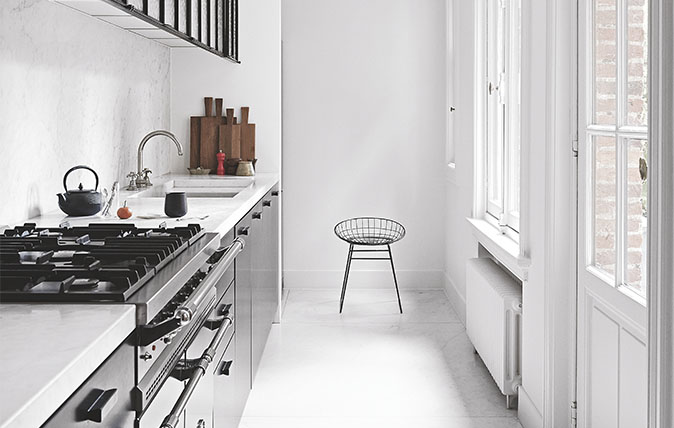

What’s the best way to plan the space?
My goal is to create a balanced design with pleasing symmetry where possible and cabinetry scaled to suit the space. Start by reviewing the room as a whole and consider how you plan to use it: where will you prepare food, eat breakfast or enjoy a drink with a friend?
Have you got a range cooker or smart wine cabinet in mind? Would you like everything hidden away or do you prefer to have items on display? Do you favour linear or curved shapes? A wish list will help get discussions with a kitchen designer off to a flying start.
What are the best layout options?
If you take a ‘typical’ galley kitchen to be 12ft long by 6ft wide, an island or peninsula is unlikely to be an option because there’s insufficient space. A kitchen needs to be as functional as it is beautiful, so sacrificing precious floor space to an island will only result in an awkward layout.
However, if you have a little more width to play with, then a slender island can be an excellent addition and make a good way of bridging the two sides of the room. Always leave 3ft of space between two runs of cabinetry to make sure you can move comfortably between them.
What are the best colours and materials to use?
Lighter wood finishes and paint colours work well to expand the sense of space. Whites and creams give a classic look and a smoky-grey scheme, such as a smoked oakwood paired with a matte-grey paint, offers an update. Twin these tones with light-coloured countertops for an airy look.
Mirror and glass, in splashbacks or wall cupboards with glazed panels, can be used to reflect light to create an illusion of more space. Consider the different effects that can be achieved by using varied wood grains on cabinets: low-ceilinged rooms can be given a loftier look with a vertical grain pattern, but a horizontal one can emphasise the low-level cosiness of a room.
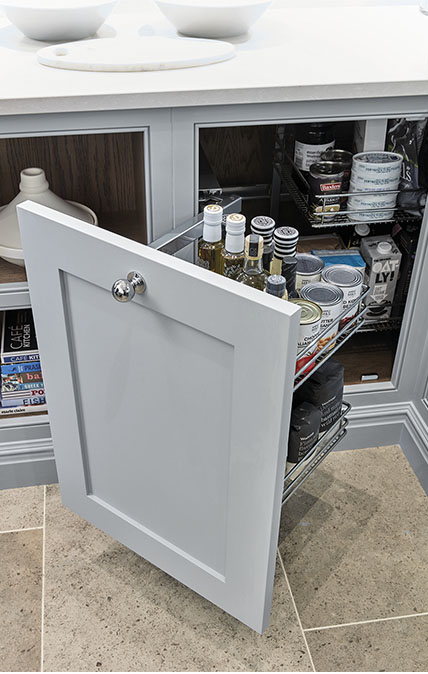
How can storage be maximised?
Tall units offer the most storage, of course, but they tend to work best in rooms with lofty ceilings and more space than a very compact kitchen. If the cabinetry stops short of the ceiling, it can create the illusion of more width to the room. In smaller kitchens, waist-height units with pull-out shelving are the best option and make it easy to view the contents. This arrangement also ‘opens up’ the space at head height, to create a more roomy feel and prevent the space feeling crowded.
Sign up for the Country Life Newsletter
Exquisite houses, the beauty of Nature, and how to get the most from your life, straight to your inbox.
Any space-saving tips?
At the entrance to the kitchen, fit sliding doors, preferably those that slot into side ‘pockets’ in the wall, in order to maximise space. Within the kitchen, the golden rule is to use pull-outs, which make for much more effective and easy-to-use storage than cupboards, as you need fewer of them to store the same amount of equipment and food.
Consider every inch of space: some sinks come with a fitted cover that works as
a chopping board, for example. Built-under appliances, such as wine cabinets and fridges, will ensure you don’t have to sacrifice work surface. Hobs with integrated extraction free up space above for a beautiful splashback or painting.
Is it possible for compact to be chic?
Definitely! Avoid fussy detail and keep it simple, balanced and classic for elegant results that will stand the test of time.
Find out more about Tom and see his exquisite bespoke kitchens at www.tomhowley.co.uk
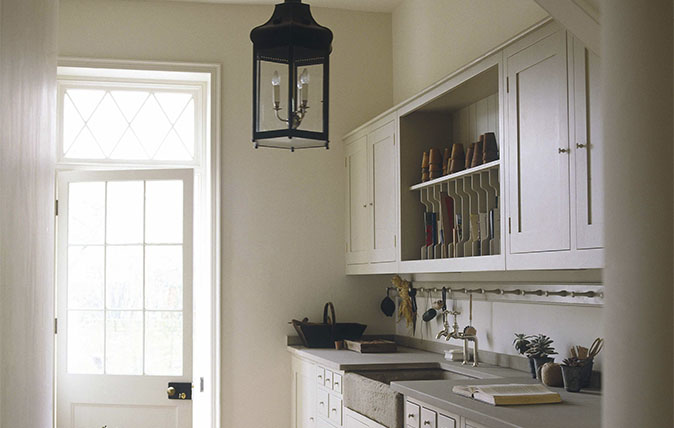
The dos and don'ts of designing your own ideal utility room
From stone sinks to sturdy, Merlin Wright of Plain English offers advice on creating the perfect utility room.
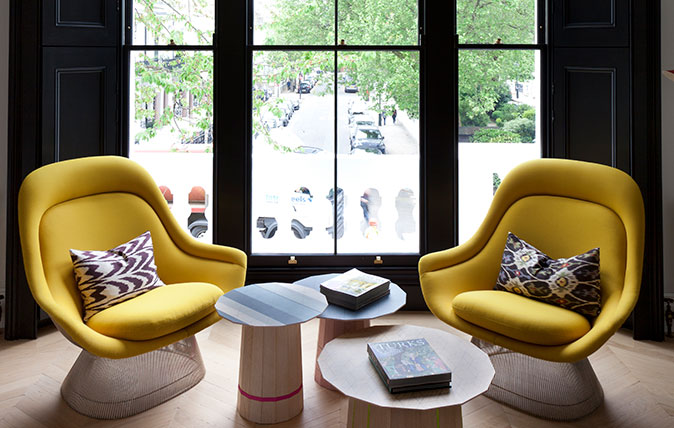
Credit: Black walls - design by Suzy Hoodless
How, and why, to decorate your house with black paint
Interior designer Suzy Hoodless reveals the secret to using black paint.
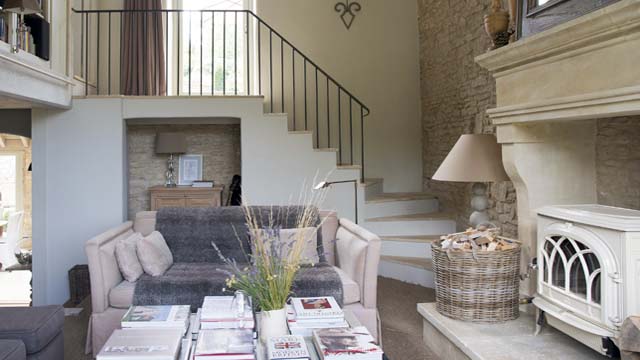
Interior design: The designer’s room
Country Life gets the Emma Sims-Hildtich look
Country Life is unlike any other magazine: the only glossy weekly on the newsstand and the only magazine that has been guest-edited by HRH The King not once, but twice. It is a celebration of modern rural life and all its diverse joys and pleasures — that was first published in Queen Victoria's Diamond Jubilee year. Our eclectic mixture of witty and informative content — from the most up-to-date property news and commentary and a coveted glimpse inside some of the UK's best houses and gardens, to gardening, the arts and interior design, written by experts in their field — still cannot be found in print or online, anywhere else.
-
 Diamonds are everyone's best friend: The enduring appeal of one of Nature's sparkliest treasures
Diamonds are everyone's best friend: The enduring appeal of one of Nature's sparkliest treasuresEvery diamond has a story to tell and each of us deserves to fall in love with one.
By Jonathan Self
-
 Hidden excellence in a £7.5 million north London home
Hidden excellence in a £7.5 million north London homeBehind the traditional façades of Provost Road, you will find something very special.
By James Fisher
-
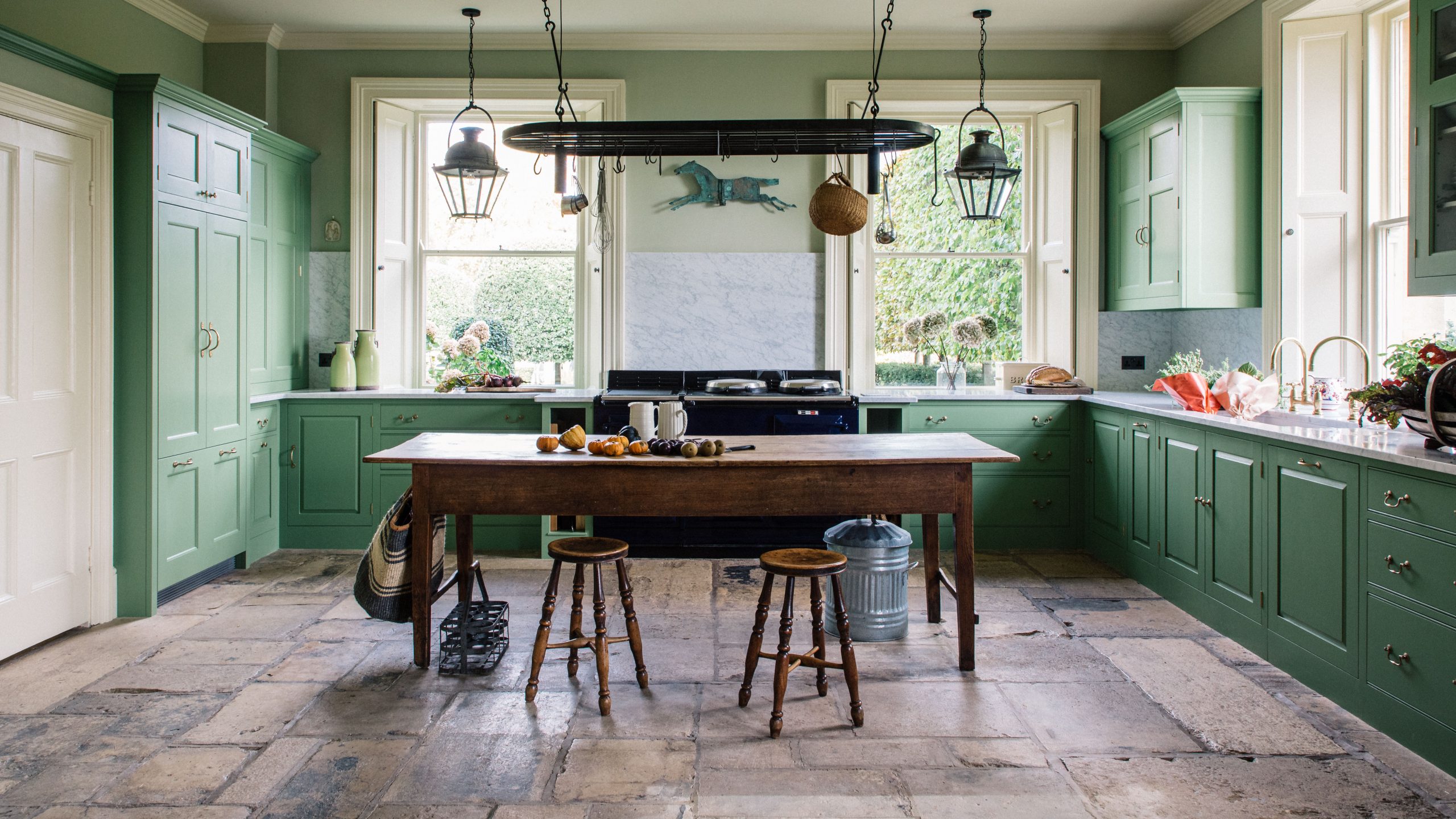 How to create a serene, yet hard-working kitchen
How to create a serene, yet hard-working kitchenPlain English worked with antique dealer Robert Young to make this traditional kitchen with an effortlessly relaxing colour scheme that marries perfectly with the views over beautiful gardens.
By Arabella Youens
-
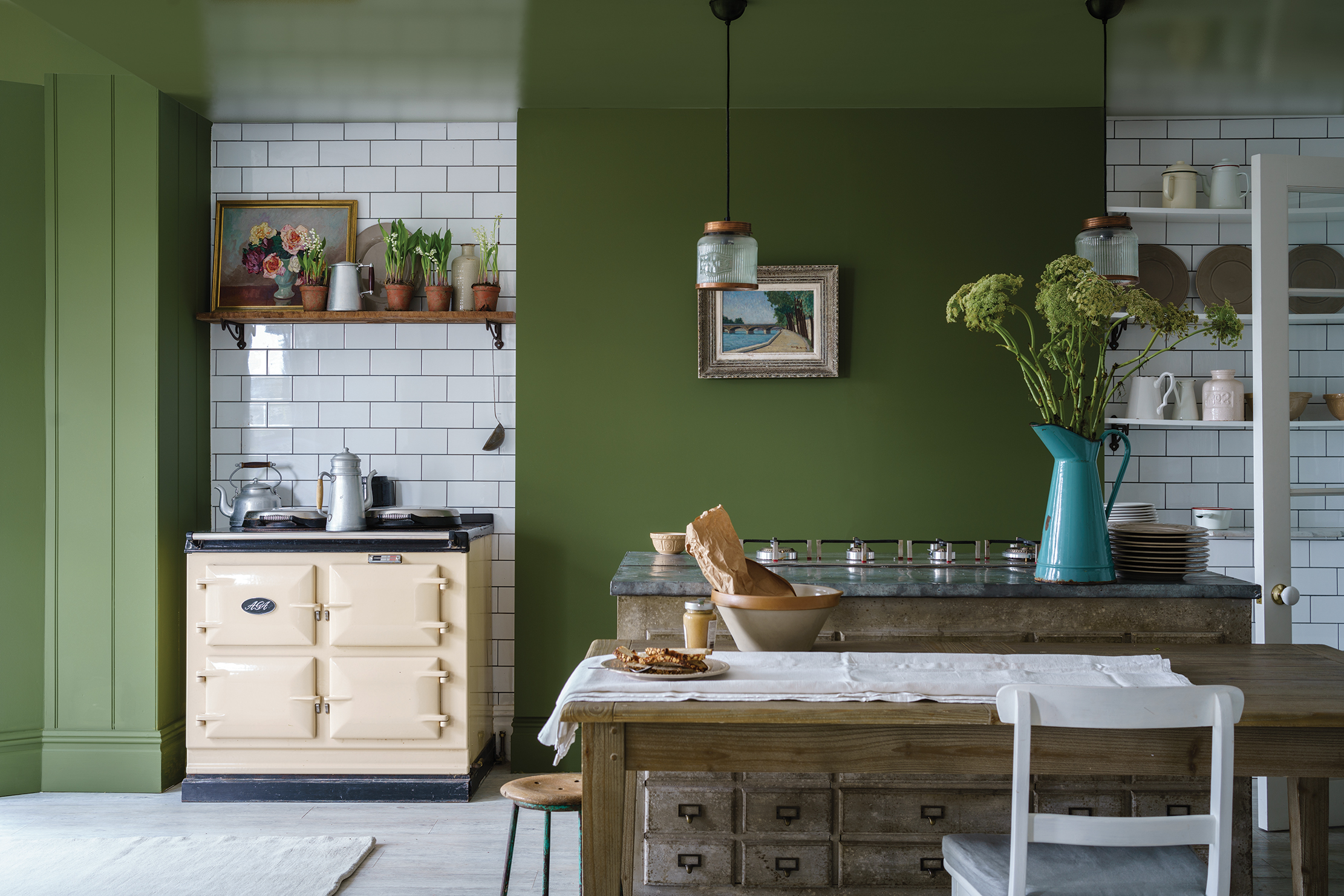 Why kitchens are going green — literally
Why kitchens are going green — literallyGreen is the perfect colour for a kitchen, says Amelia Thorpe.
By Amelia Thorpe
-
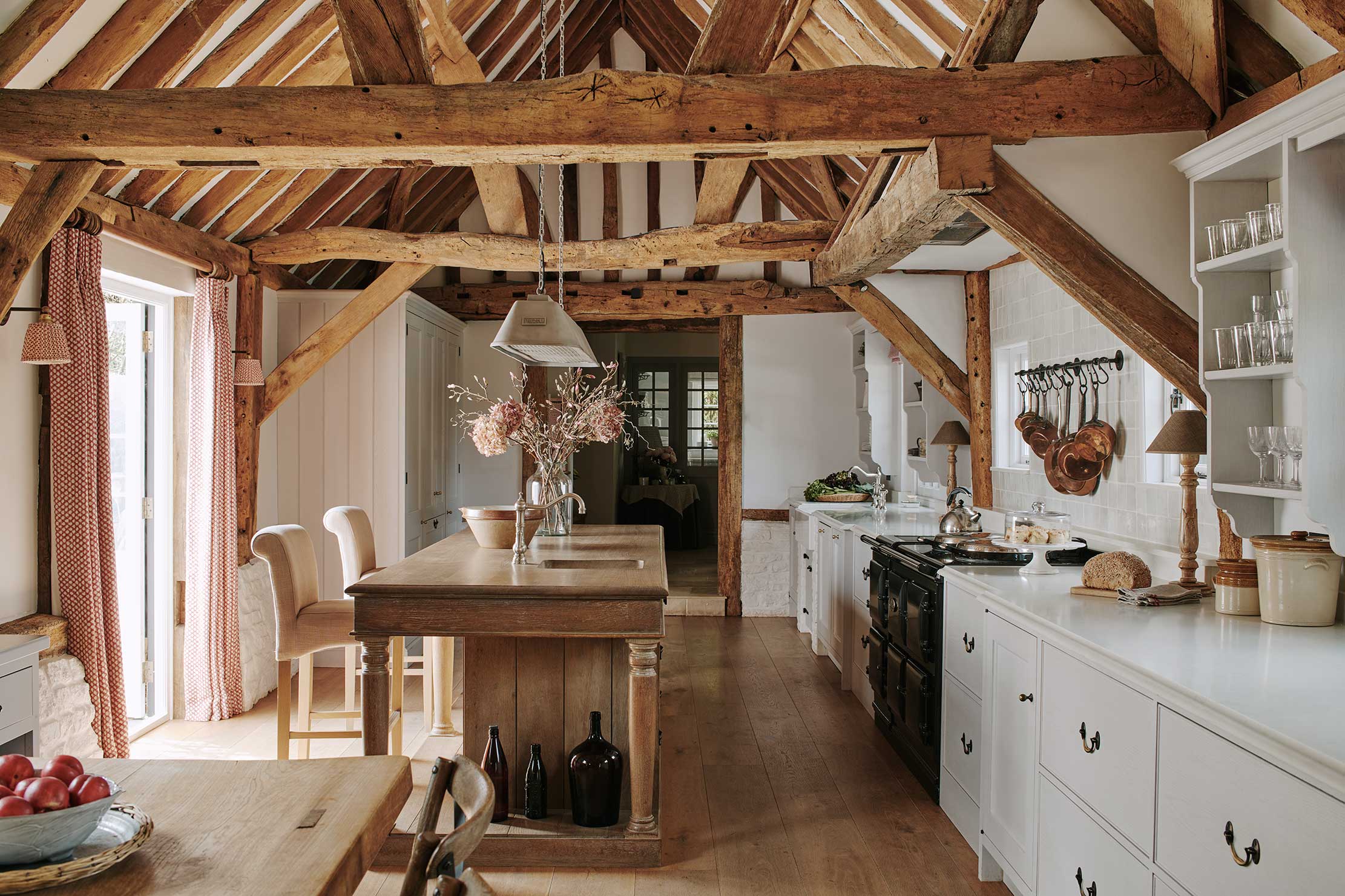 A modern kitchen perfectly framed by the exquisite ancient beams
A modern kitchen perfectly framed by the exquisite ancient beamsArtichoke designed a discreet and timeless kitchen to complement a converted granary. Amelia Thorpe takes a look.
By Amelia Thorpe
-
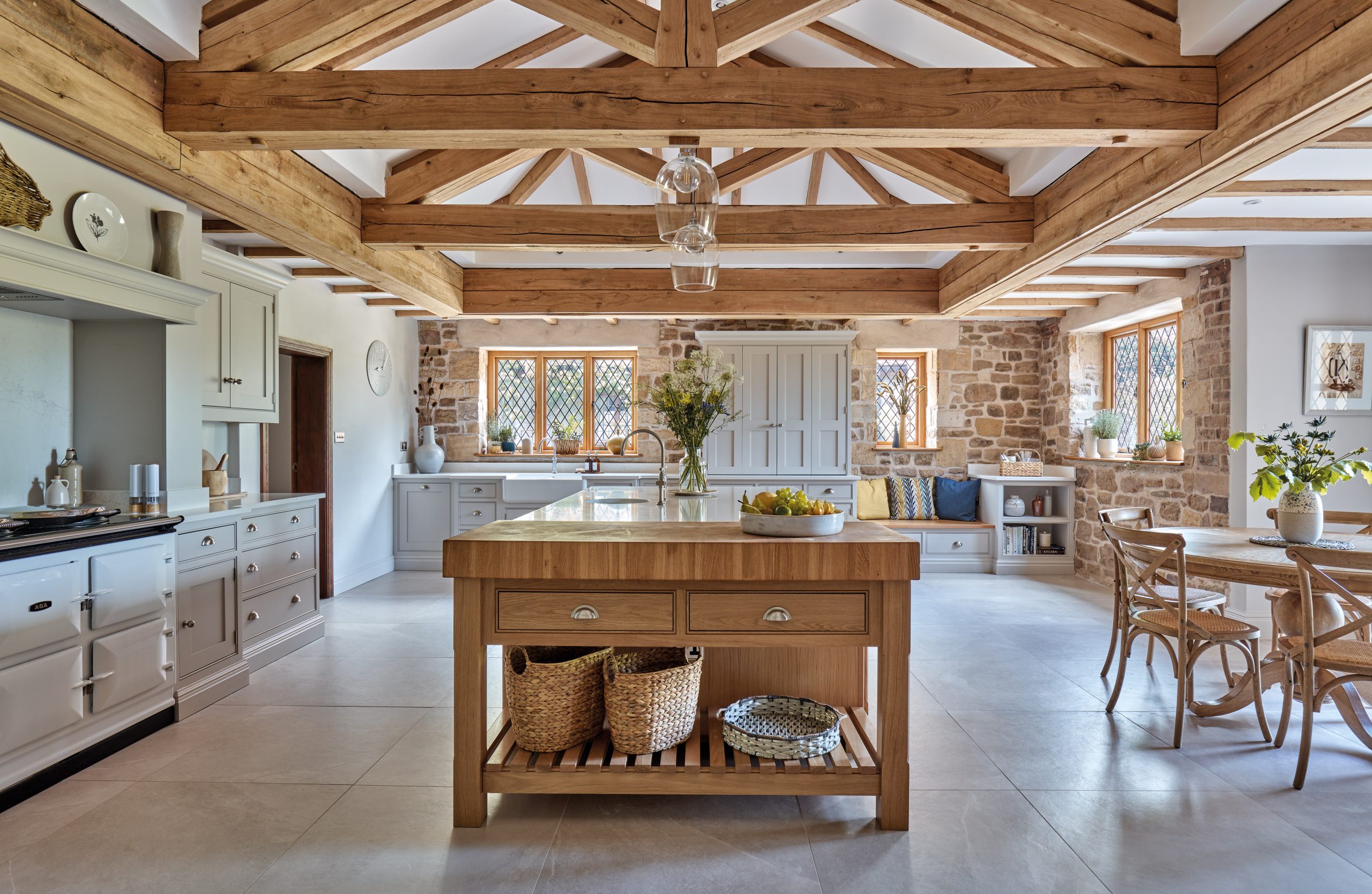 Yes, you can put a new kitchen in a Grade I-listed house — and this beautiful example shows how
Yes, you can put a new kitchen in a Grade I-listed house — and this beautiful example shows howTraditional cabinetry was a key ingredient in the sympathetic restoration of a Grade I-listed Tudor house in Shropshire.
By Arabella Youens
-
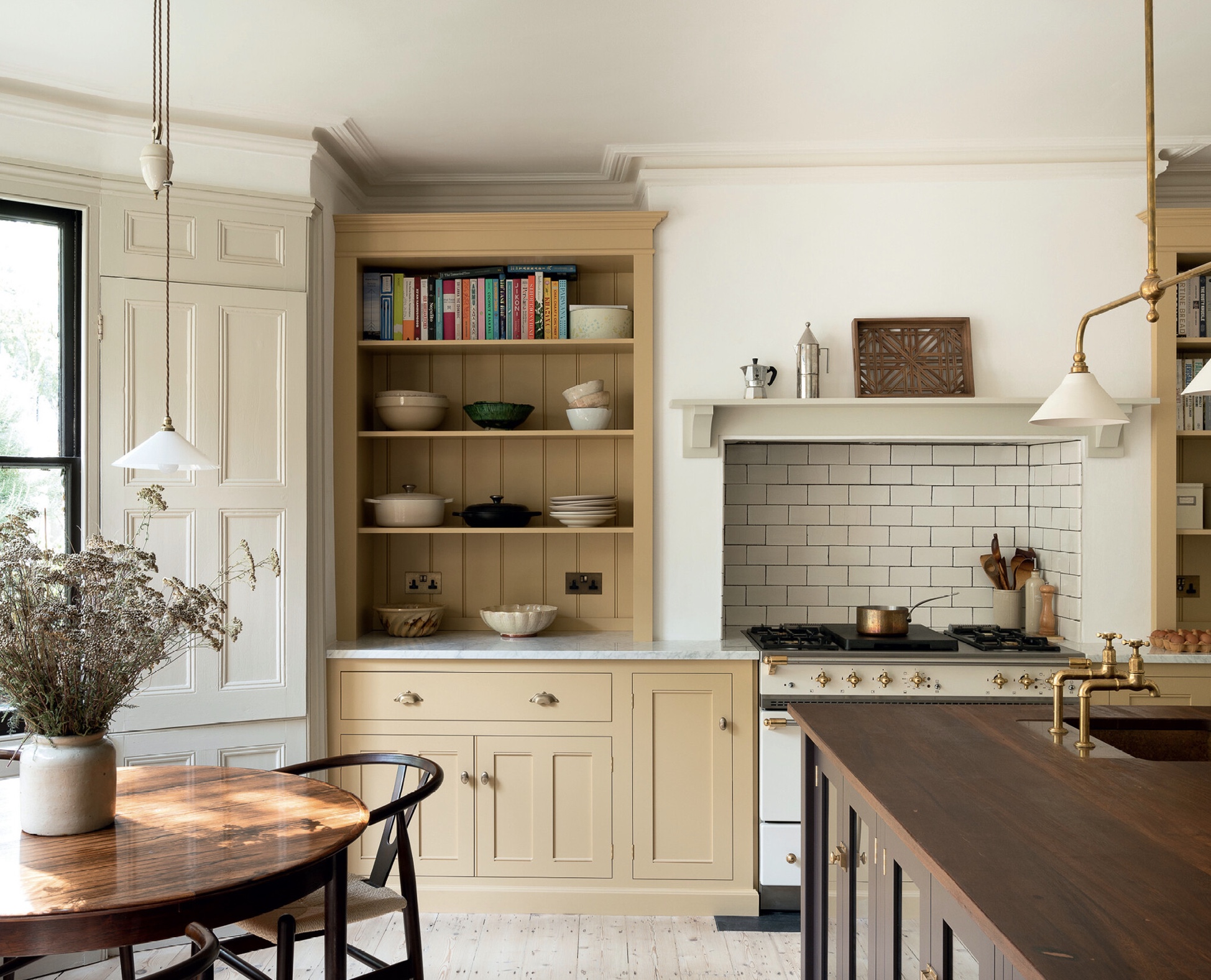 A London townhouse kitchen transformed to be sociable, practical and charming
A London townhouse kitchen transformed to be sociable, practical and charmingThe new owners of this London townhouse have reconfigured it to create a sociable space for cooking and entertaining.
By Arabella Youens
-
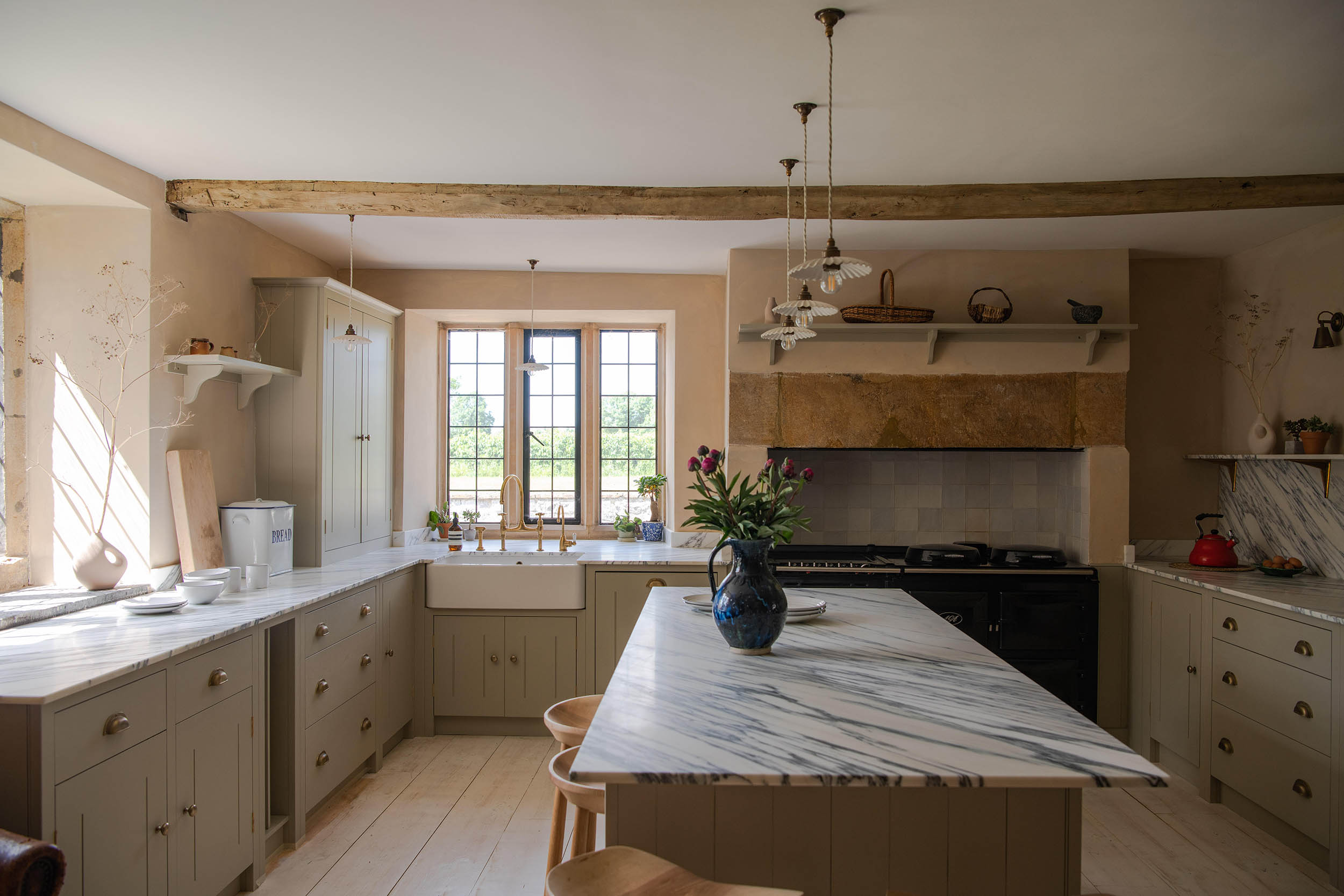 A beautiful new kitchen sympathetically created for a 16th century manor house
A beautiful new kitchen sympathetically created for a 16th century manor houseLimewash walls, a large island and plenty of open shelving combine to create a kitchen that’s sympathetic to this 16th-century manor house in Somerset.
By Arabella Youens
-
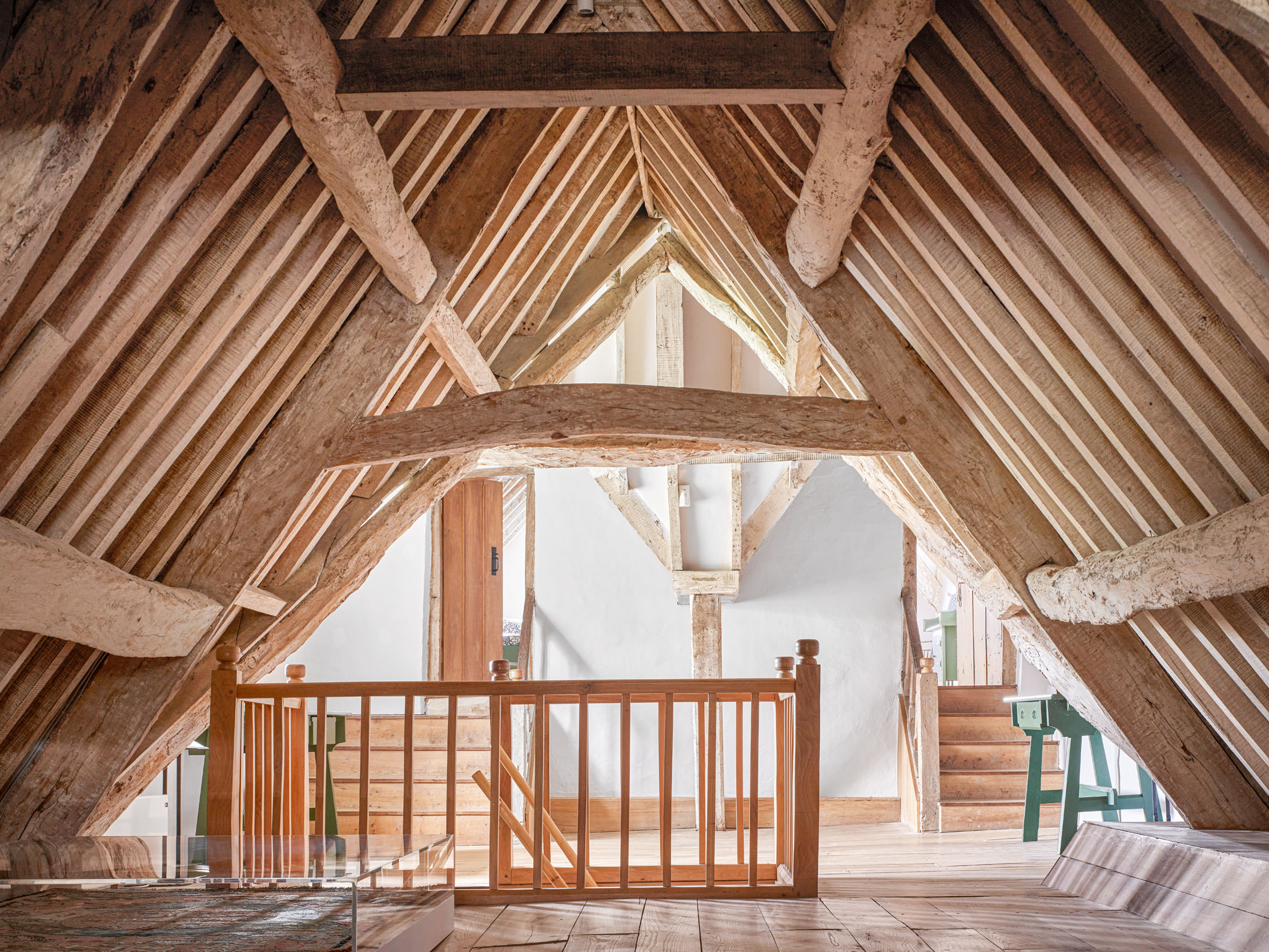 10 things I wish I'd known about doing up old houses before I started, by Country Life's interiors guru Giles Kime
10 things I wish I'd known about doing up old houses before I started, by Country Life's interiors guru Giles KimeCountry Life’s executive editor and resident interiors expert Giles Kime shares the lessons he’s learnt from the experience of dragging a succession of houses into the 21st-century.
By Giles Kime
-
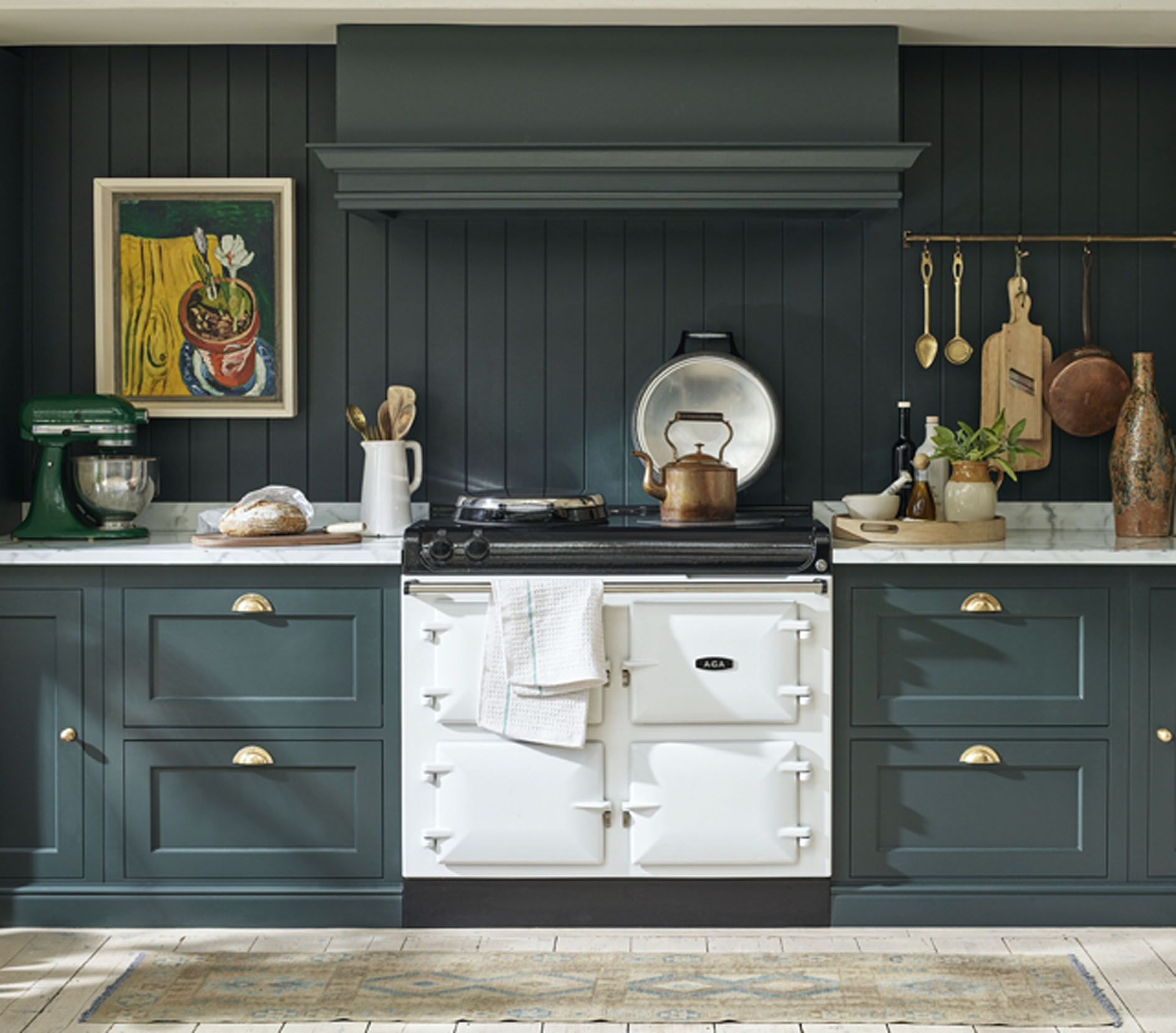 Seven beautiful new looks in kitchens, from classic cabinetry to 80s revival
Seven beautiful new looks in kitchens, from classic cabinetry to 80s revivalThe latest looks in the kitchen, selected by Amelia Thorpe.
By Amelia Thorpe